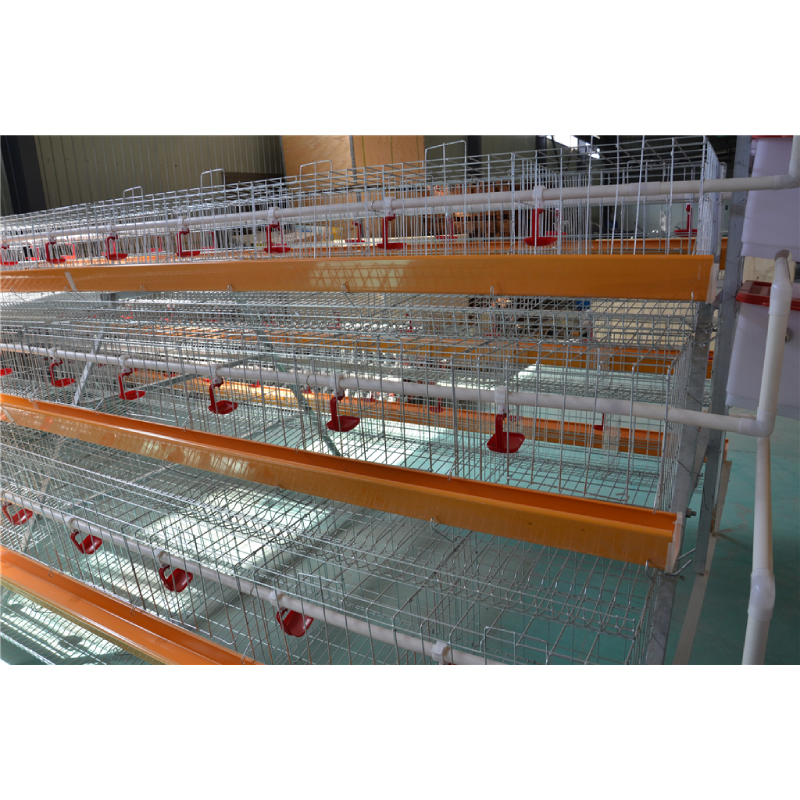small feed mixers
Nov . 12, 2024 16:12 Back to list
small feed mixers
The Importance of Small Feed Mixers in Modern Agriculture
In the ever-evolving landscape of agriculture, small feed mixers have emerged as indispensable tools for farmers and livestock producers. These machines play a critical role in the preparation of balanced diets for livestock, ensuring optimal growth, health, and productivity. As farming practices become more sophisticated, the need for efficient and reliable feed mixing solutions has become increasingly apparent.
Understanding Small Feed Mixers
Small feed mixers are compact machinery designed to blend various ingredients into a uniform feed mixture. Perfect for small to medium-sized farms, these mixers can handle different types of feed materials, including grains, hay, additives, and minerals. The ability to create custom feed mixes tailored to the specific nutritional needs of livestock enhances overall animal health and productivity.
Typically, small feed mixers come in two main types vertical and horizontal. Vertical mixers are known for their simplicity and are ideal for small batches, while horizontal mixers tend to be more versatile, allowing for larger volumes and varying ingredient types. Regardless of the type, the efficiency of these machines enables farmers to save time and labor while improving feed quality.
Benefits of Using Small Feed Mixers
1. Precision in Nutrition One of the primary advantages of using small feed mixers is the ability to formulate precise feed rations. Farmers can mix ingredients in exact proportions, ensuring that their animals receive the necessary nutrients for optimal growth and productivity. This precision is vital for various livestock, including cattle, pigs, poultry, and sheep.
2. Cost-Effectiveness By producing their own balanced feed, farmers can significantly reduce feed costs. Instead of purchasing pre-made feeds that may not be tailored to their specific needs, farmers can use locally sourced ingredients and mix them according to their livestock’s requirements. This adaptability not only cuts costs but also allows for better management of feed resources.
small feed mixers

3. Improved Feed Quality Consistency in feed quality is crucial for livestock health. Small feed mixers ensure that each batch of feed is homogeneous, minimizing nutritional discrepancies that can arise from manual mixing or uneven blends. High-quality feed leads to improved feed conversion ratios, resulting in healthier animals and reduced waste.
4. Flexibility and Customization The agricultural industry is not one-size-fits-all. Different livestock species require unique diets, and small feed mixers provide the flexibility needed to create customized feed blends. Farmers can easily experiment with different ingredients, adjusting formulas based on changing nutritional needs, market availability, or specific health concerns.
5. Ease of Use and Maintenance Modern small feed mixers are designed with user-friendliness in mind. They are often equipped with simple controls and require minimal training to operate. Additionally, many models are built to be low-maintenance, reducing downtime and allowing farmers to focus on other crucial aspects of their operations.
The Future of Small Feed Mixers
As sustainable and efficient farming practices continue to gain traction, the role of small feed mixers will likely expand. With the integration of technology, such as automation and data management systems, these machines could become even more efficient. Farmers may leverage software to create optimized feeding strategies based on real-time data, such as animal health, growth rates, and environmental conditions.
Furthermore, as consumers increasingly demand transparency in the food supply chain, small feed mixers provide an opportunity for farmers to take control of their feed production. This, in turn, can enhance the traceability and quality of animal products, aligning with market expectations for sustainable practices.
Conclusion
In summary, small feed mixers are essential tools for modern agriculture, offering numerous benefits that contribute to the efficiency and sustainability of livestock farming. By providing precise nutrition, cost savings, and improved feed quality, these machines equip farmers to meet the demands of today's agricultural landscape. As technology continues to advance, the future looks bright for small feed mixers, helping farmers innovate and thrive in an ever-changing environment.
-
Hot Sale 24 & 18 Door Rabbit Cages - Premium Breeding Solutions
NewsJul.25,2025
-
Automatic Feeding Line System Pan Feeder Nipple Drinker - Anping County Yize Metal Products Co., Ltd.
NewsJul.21,2025
-
Automatic Feeding Line System Pan Feeder Nipple Drinker - Anping County Yize Metal Products Co., Ltd.
NewsJul.21,2025
-
Automatic Feeding Line System - Anping Yize | Precision & Nipple
NewsJul.21,2025
-
Automatic Feeding Line System - Anping Yize | Precision & Nipple
NewsJul.21,2025
-
Automatic Feeding Line System-Anping County Yize Metal Products Co., Ltd.|Efficient Feed Distribution&Customized Animal Farming Solutions
NewsJul.21,2025






